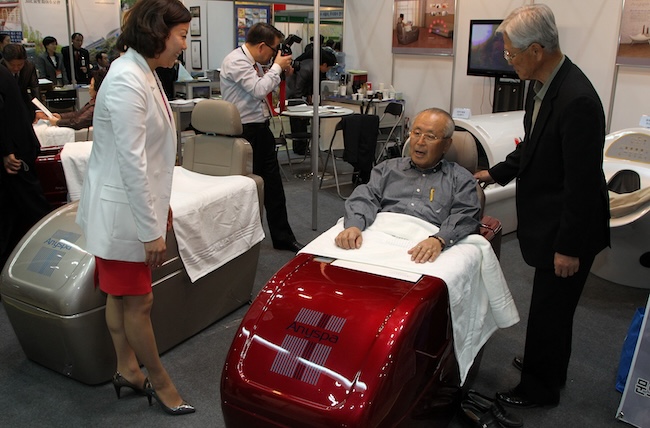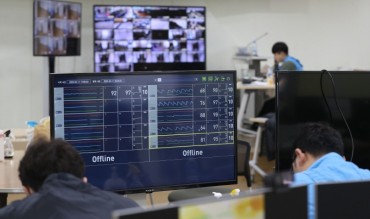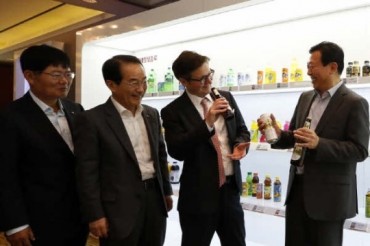
As South Korea’s aging population rapidly expands, a government-funded research institute is warning that the country’s age-friendly industry is failing to keep pace. (Image courtesy of Yonhap)
SEOUL, Aug. 8 (Korea Bizwire) – As South Korea’s aging population rapidly expands, a government-funded research institute is warning that the country’s age-friendly industry is failing to keep pace, potentially missing out on a significant economic opportunity.
The Korea Institute for Industrial Economics and Trade (KIET) released a report on August 7 highlighting the disconnect between South Korea’s burgeoning “silver” economy and the sluggish development of industries catering to older adults.
The report, titled “A Study on the Current Status and Policy Direction of Age-Friendly Industries,” calls for a comprehensive strategy to nurture this sector.
According to the report, South Korea entered the aging society phase in 2000 (with over 7% of the population aged 65 or older) and progressed to an aged society in 2017 (over 14%). The country is projected to become a super-aged society by 2025, with more than 20% of its population over 65.
As of 2022, 17.49% of South Korea’s population was 65 or older, surpassing the United States (17.13%) and China (13.72%), but still behind Japan (29.92%), Germany (22.41%), and the United Kingdom (19.17%).
Data from the American Association of Retired Persons (AARP) suggests that South Korea’s population aged 50 and above will surge from 39.7% in 2020 to 48.7% by 2030, a 9 percentage point increase that outpaces other major economies.
The economic impact of this demographic shift is substantial. In 2020, South Koreans aged 50 and above accounted for 52% of total consumer spending, amounting to $516 billion. Their economic activities contributed an estimated $696 billion to the country’s GDP, or about 30% of the total.
Despite the silver economy’s growing prominence, the report criticizes the lack of government strategy and support for age-friendly industries.
While countries facing similar demographic challenges are actively promoting “Age Tech” — the application of robotics, mobile technology, and artificial intelligence to support independent living for older adults — South Korea lags behind.
The United States, United Kingdom, and Japan have implemented various initiatives to support the development of age-friendly technologies and services.
In contrast, South Korea has cut its budget for fostering age-friendly industries this year, and its Fourth Basic Plan for Low Fertility and Aging Society (2021-2025) omits the legally mandated “Age-Friendly Industry Development Plan.”
Kim Sook-kyung, a senior researcher at KIET, warned in the report that delays in developing care robots and intelligent products for older adults could lead to foreign companies dominating the Korean market, diverting the benefits of the expanding silver economy overseas.
“The age-friendly industry needs to be treated as a target of substantive government industrial policy,” Kim stated. She advocated for a collaborative effort among relevant ministries to create and implement a comprehensive plan focused on advanced technologies in the age-friendly sector.
Such a strategy, the report suggests, could not only alleviate the social and economic burdens of an aging population but also position the age-friendly industry as a new growth engine for South Korea’s economy.
M. H. Lee (mhlee@koreabizwire.com)






